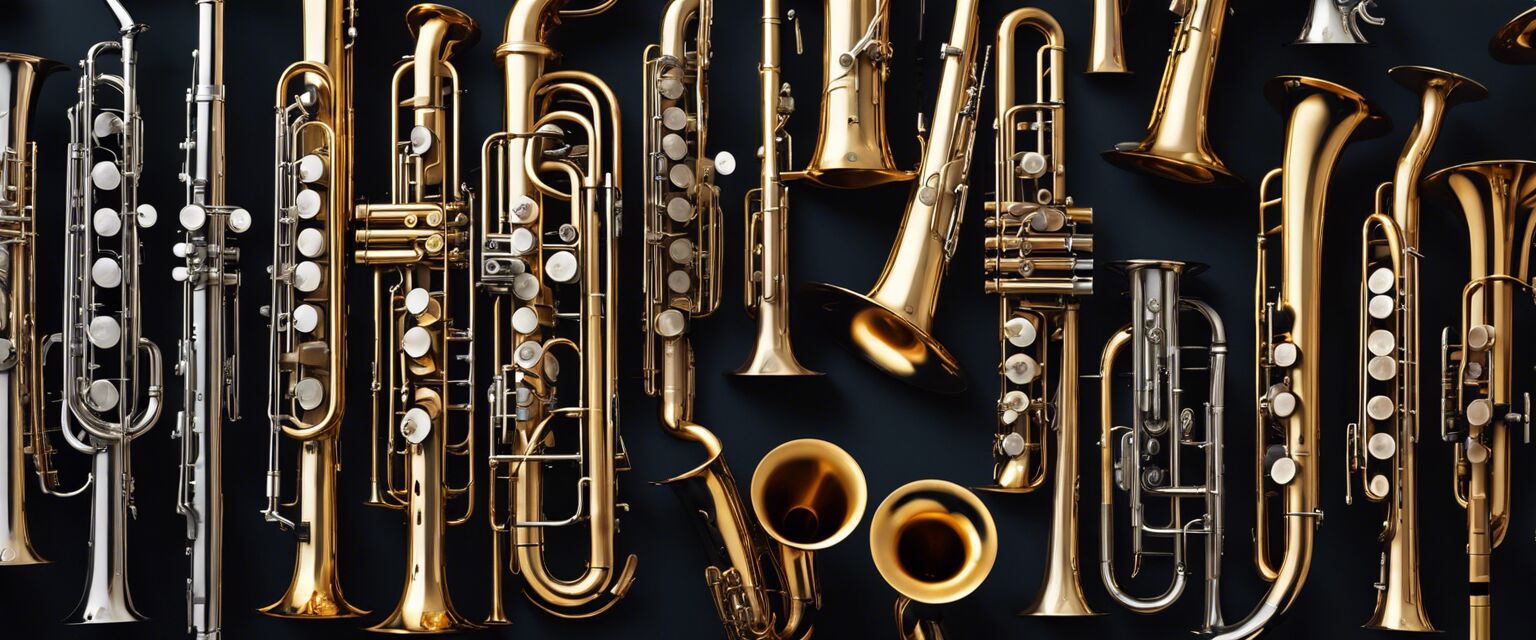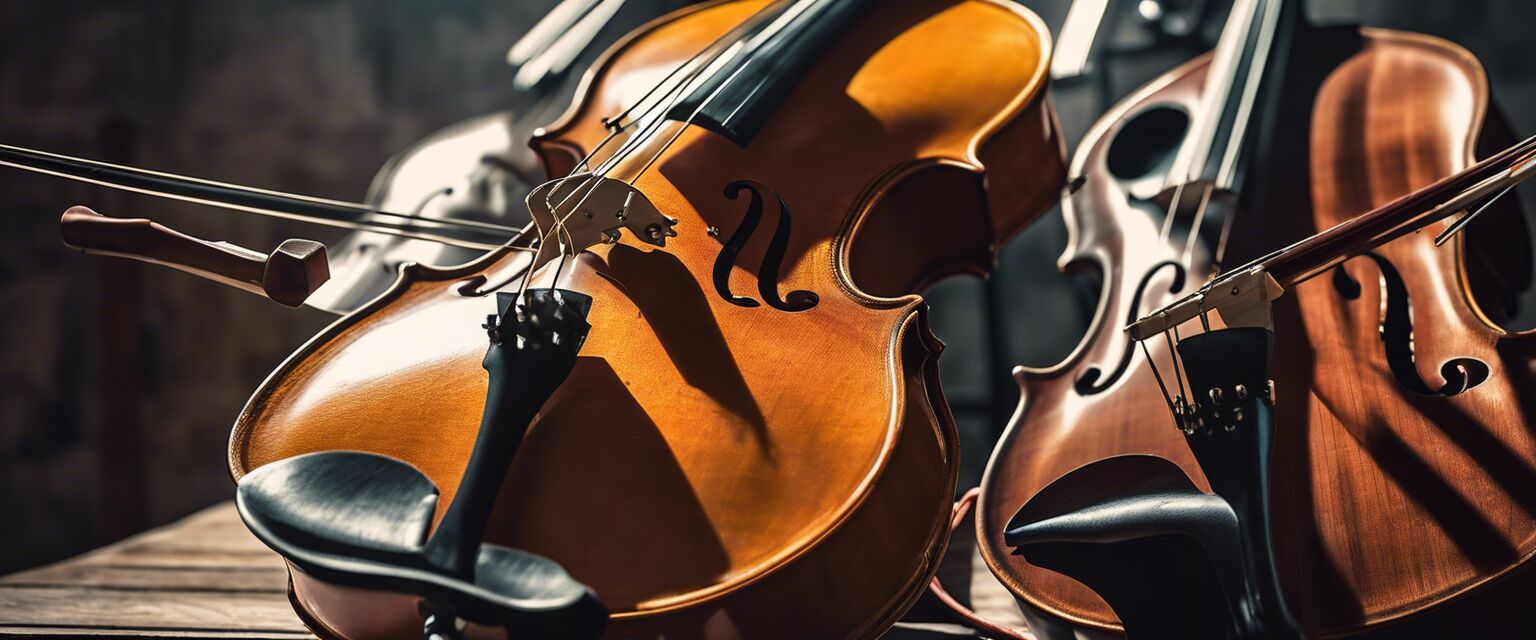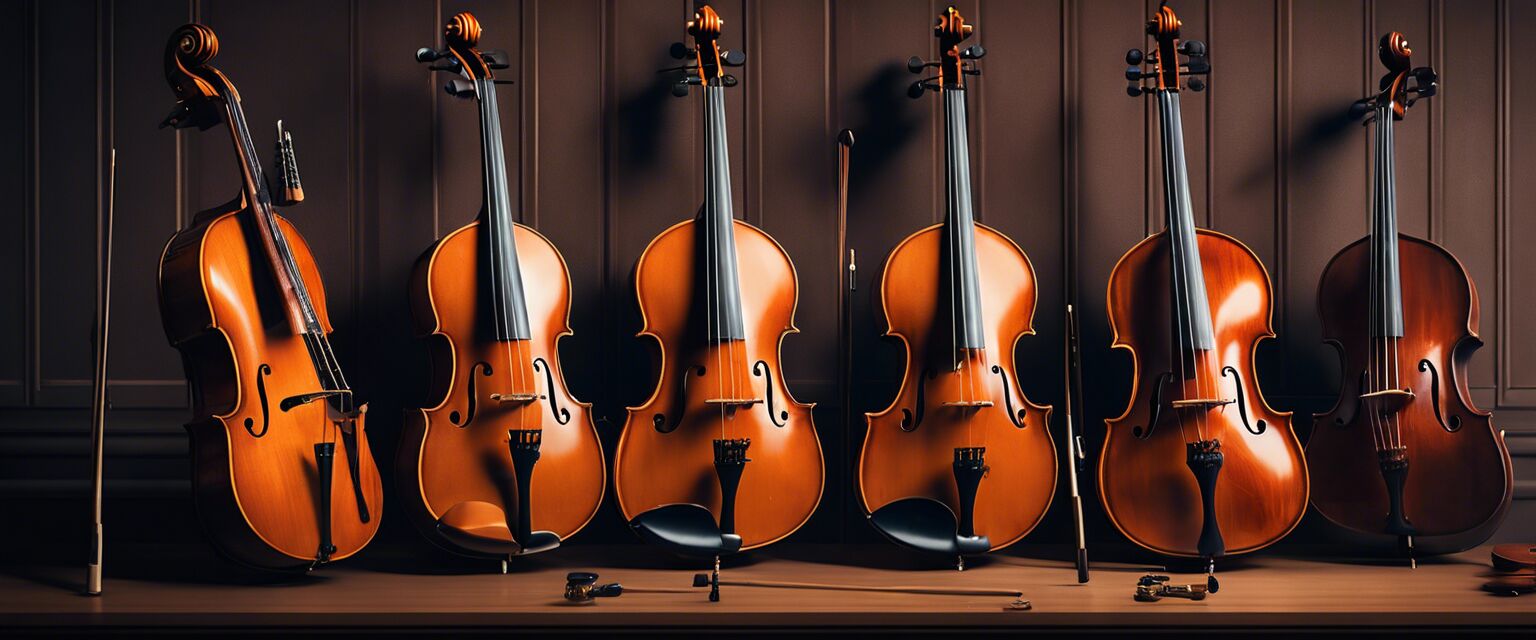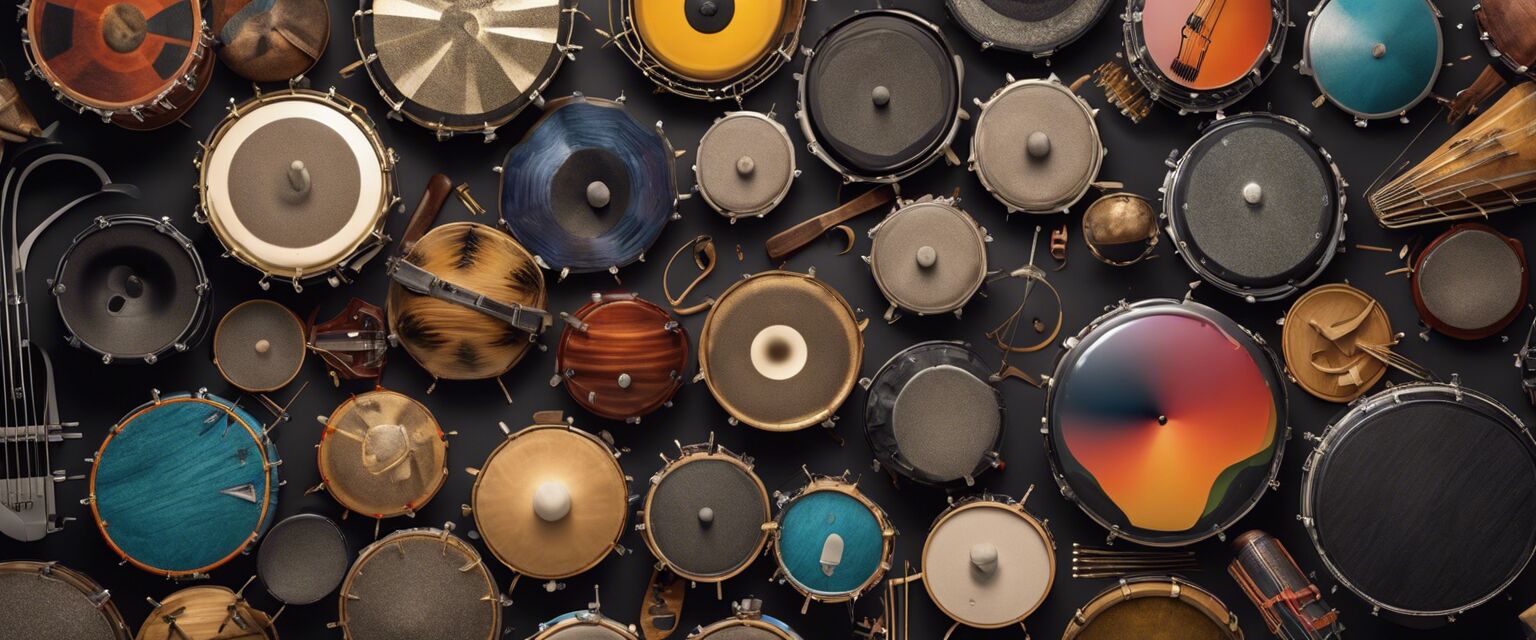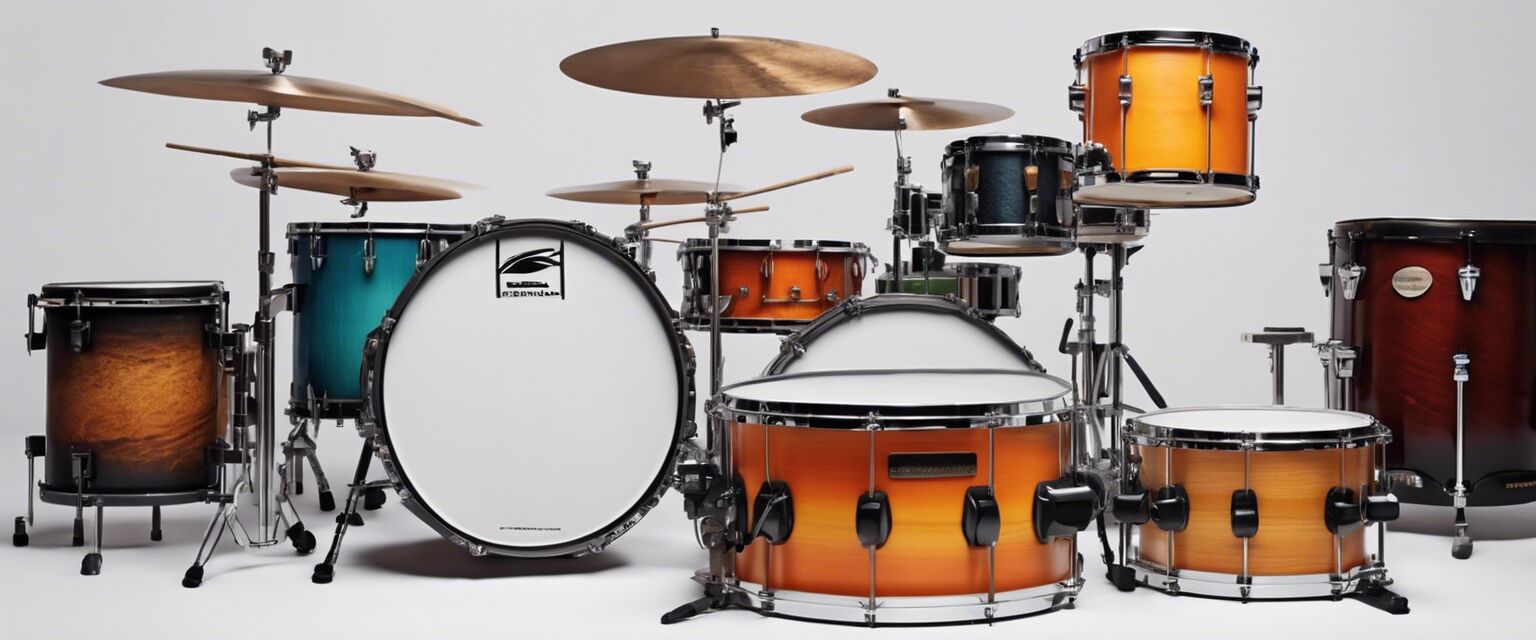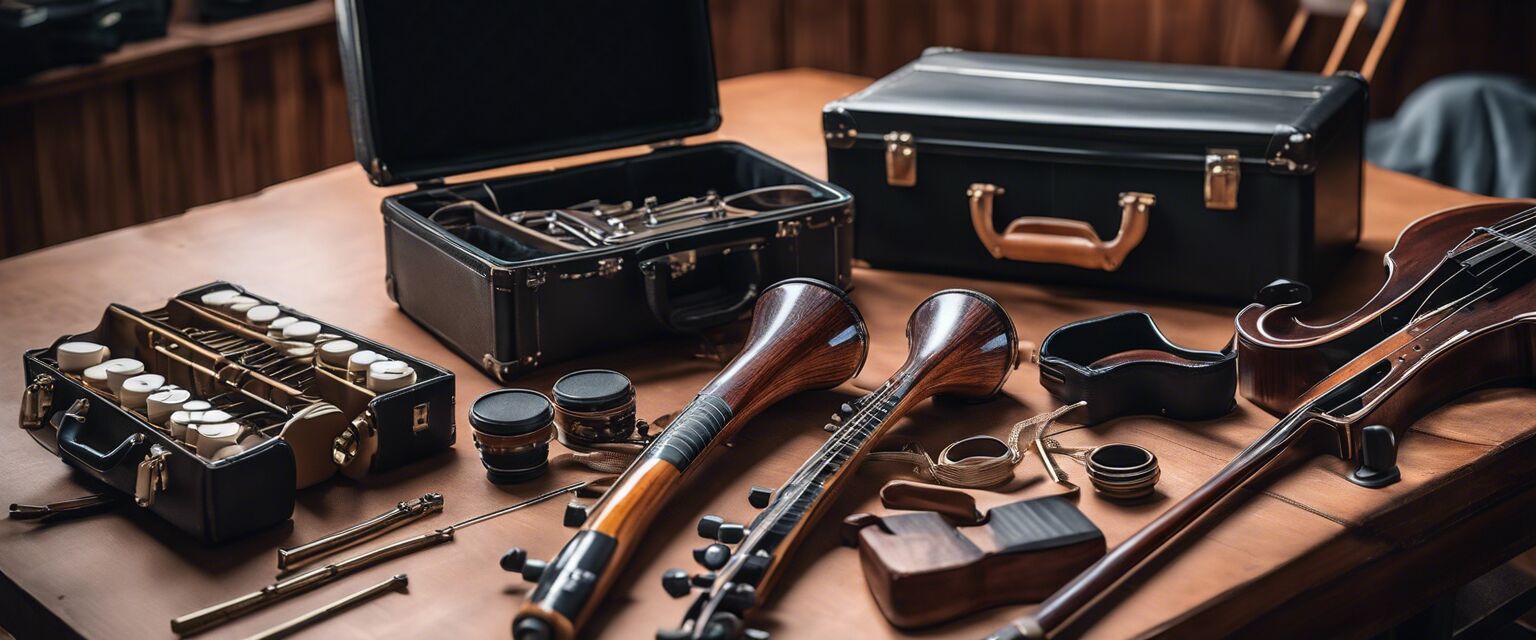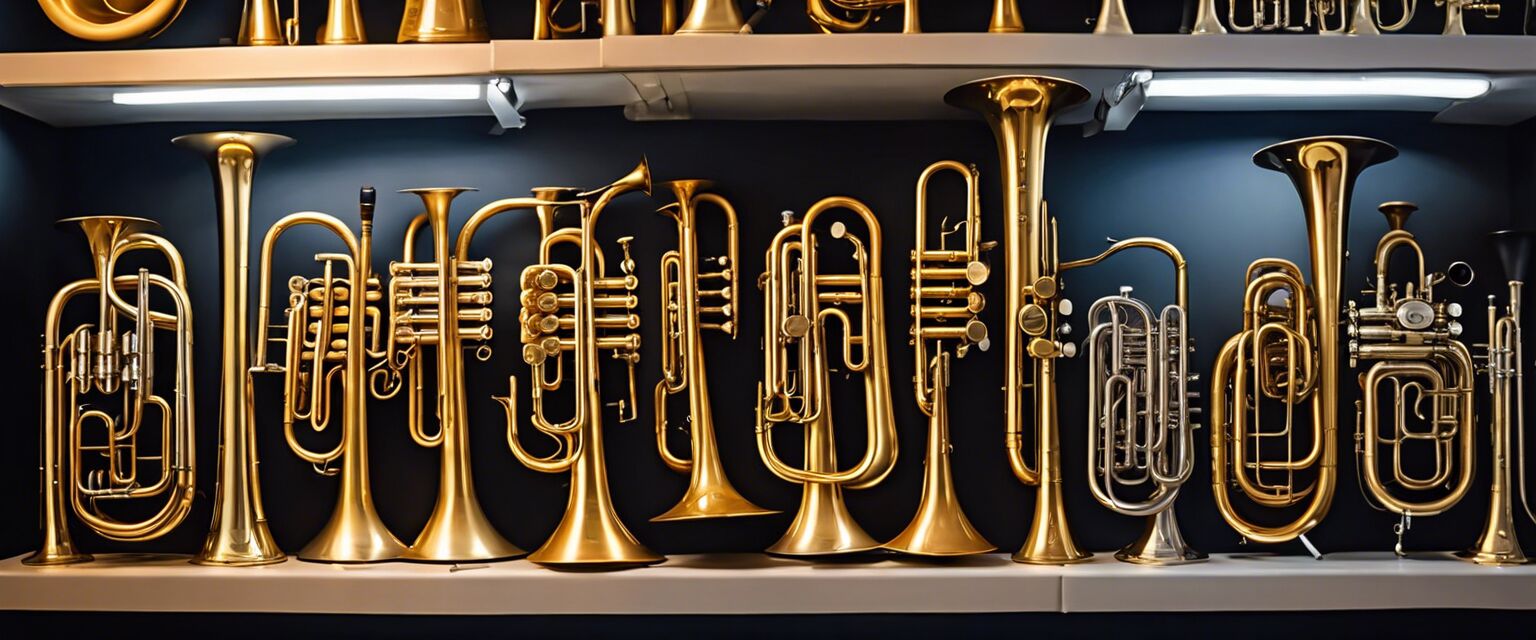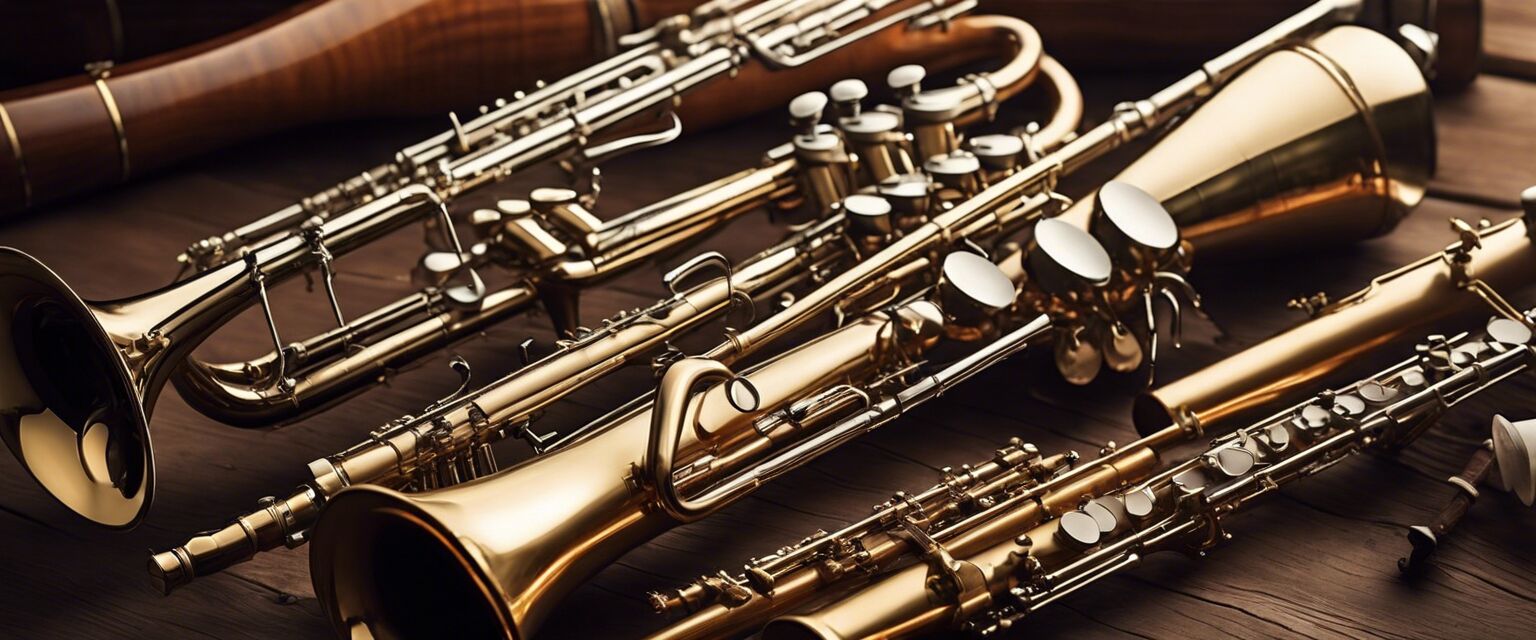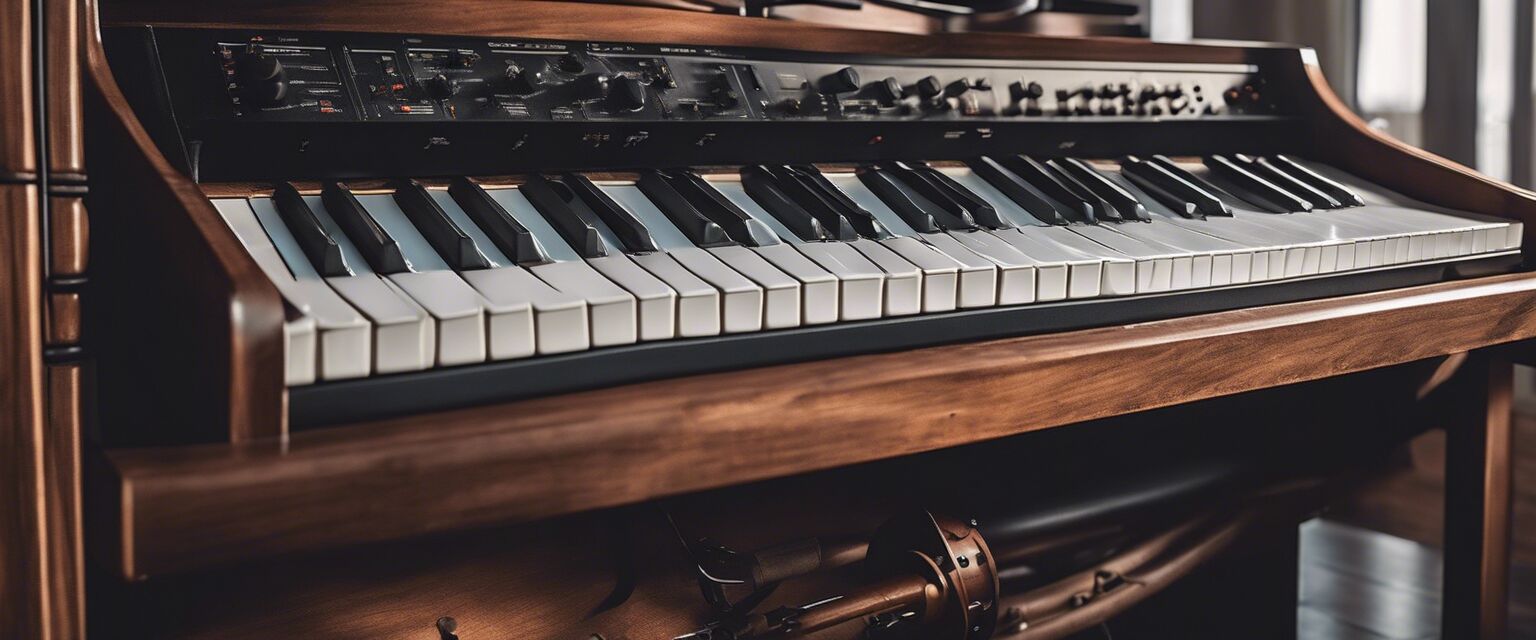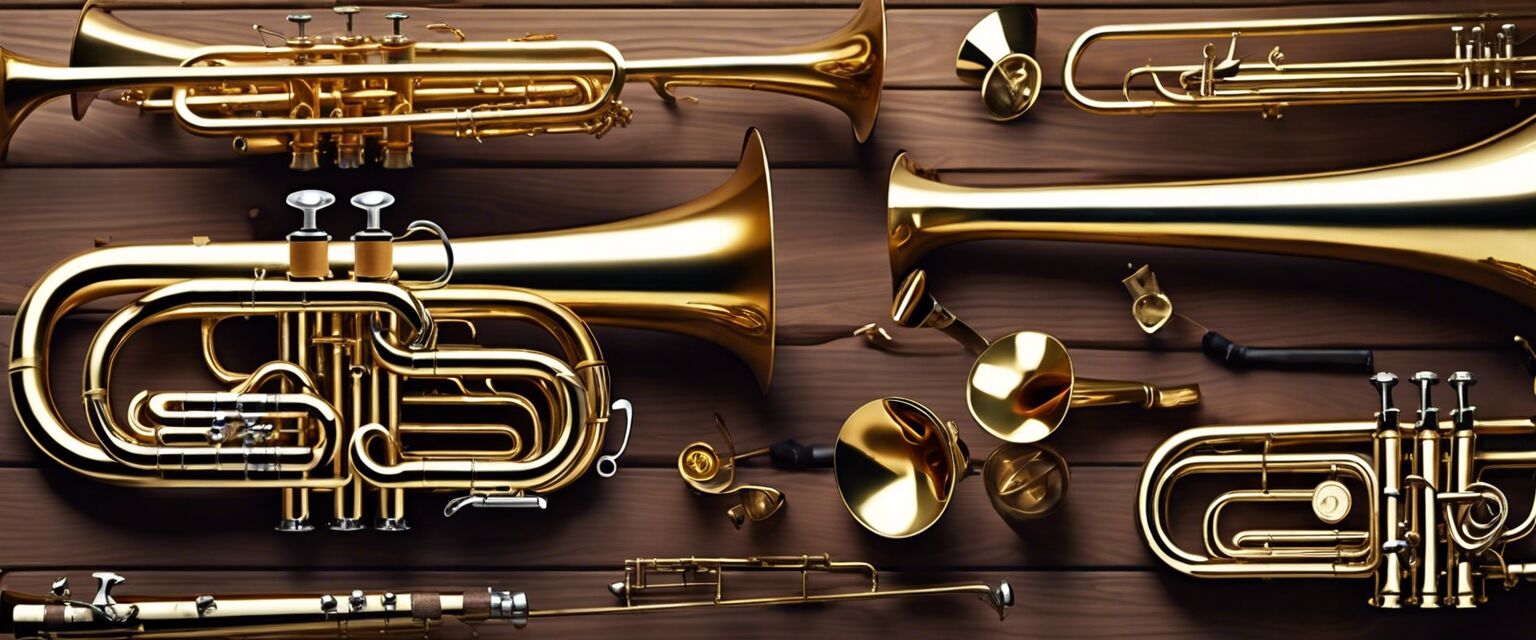
Brass Instruments: A Comprehensive Guide
Key Takeaways
- Brass instruments are known for their distinctive mellow sound, made by buzzing lips into a mouthpiece.
- Common brass instruments include trumpets, trombones, tubas, and French horns.
- They play a significant role in various musical genres such as classical, jazz, and marching bands.
- Proper maintenance and care are essential to ensure longevity and optimal performance.
Brass instruments have a rich history and are an essential part of many musical ensembles. They range from the high-pitched trumpet to the deep tones of the tuba, offering a wide variety of sounds that can enhance any musical performance. This article will delve into the different types of brass instruments, their uses, how to play them, and tips for maintenance.
What Are Brass Instruments?
Brass instruments are musical instruments made primarily of brass or other metals, and they produce sound through the vibration of the player’s lips. The categories generally include:
- Trumpets
- Trombones
- French Horns
- Tubas
Common Types of Brass Instruments
Here, we look at the most common brass instruments used by players across various music styles.
| Instrument | Range | Primary Use |
|---|---|---|
| Trumpet | High range | Classical, jazz, and pop music |
| Trombone | Low to mid-range | Jazz, classical, and big band |
| French Horn | Mid to high range | Orchestral and chamber music |
| Tuba | Low range | Marching bands and orchestras |
How Brass Instruments Work
All brass instruments operate on the same fundamental principle: sound is produced by vibrating lips against a mouthpiece. Let’s break down the mechanics:
- Mouthpiece: The player buzzes their lips into the mouthpiece which creates vibrations.
- Air Column: The vibrating air travels down the instrument, being shaped by its tubing.
- Valves or Slide: These components allow players to change the pitch by altering the length of the tubing.
Different Playing Techniques
Brass players can utilize various techniques to create unique sounds, including:
- Flutter Toungeing: Rapid tongue movements to create a fluttering tone.
- Growling: A vocalization technique while playing to add grit and intensity.
- Multiphonics: Producing two notes simultaneously by altering lip tension.
Maintenance and Care for Brass Instruments
Taking proper care of your brass instrument can significantly impact its performance and longevity. Here are some essential maintenance tips:
Beginners Section: Brass Instrument Maintenance Tips
- Regularly clean the exterior with a soft cloth to remove fingerprints and moisture.
- Valves should be oiled regularly to ensure smooth operation.
- Use a snake brush to clean the interior tubing periodically.
- Store your instrument in its case to protect it from physical damage.
Learning to Play Brass Instruments
If you're new to brass instruments, consider the following tips to get started:
- Start with a Good Instrument: Invest in a beginner-friendly model.
- Practice Regularly: Consistency is key to mastering any instrument.
- Seek Guidance: Consider lessons from a professional or online resources.
Brass Instruments in Different Musical Genres
Brass instruments find their place in a variety of musical settings, including:
| Genre | Typical Brass Instruments Used |
|---|---|
| Classical | French Horns, Trumpets, Trombones |
| Jazz | Trumpets, Trombones, Sousaphone |
| Marching Band | Sousaphone, Trumpets, Trombones |
| Brass Band | Trombones, Euphoniums, Tubas |
Exploring Popular Brass Ensembles
Brass ensembles showcase the versatility and richness of brass sound. Common types include:
- Brass Quartets
- Brass Quintets
- Full Brass Bands
Resources for Brass Instrument Players
To enhance your learning, here are some useful resources:
- Explore various brass instruments
- Check out essential accessories
- Discover percussion instruments that complement brass
- Learn about string instruments and their roles
- Get to know woodwind instruments
Conclusion
Brass instruments are more than just tools of music; they are an expressive medium that allows individuals to convey emotions and creativity. From the mellow sounds of a French horn to the bold tones of a trumpet, each instrument offers unique characteristics that enhance musical compositions. With proper care, technique, and knowledge, anyone can become proficient at playing these incredible instruments.
Pros
- Brass instruments produce rich, powerful sounds.
- They are versatile and can be used in various musical styles.
- Brass playing can improve lung capacity and breathing control.
- Engaging in music has numerous mental benefits.
Cons
- Brass instruments require regular maintenance and care.
- Learning to play can be challenging for beginners.
- Some brass instruments can be quite heavy to carry.
- The initial investment in quality instruments can be significant.



